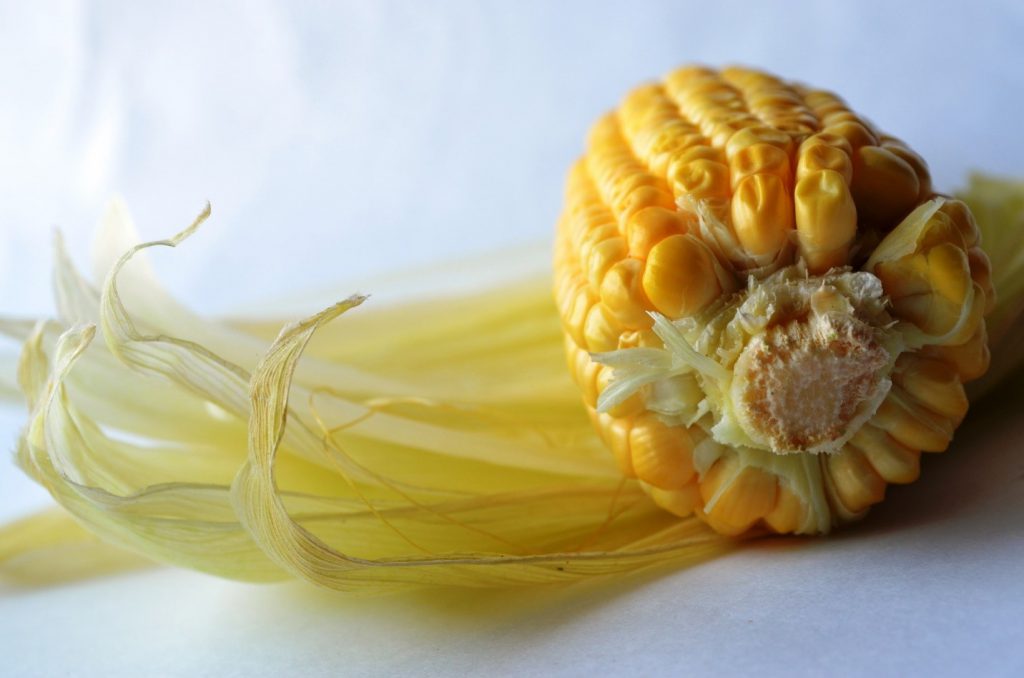Dietary fiber has become an important functional ingredient in recent times due to growing consumer interest in the many health benefits of fiber touted by the scientific community (Anderson 2009). Fiber has been recently defined by the FDA as “non-digestible soluble and insoluble carbohydrates (with three or more monomeric units) and lignin that are intrinsic and intact in plants; isolated or synthetic non-digestible carbohydrates (with three or more monomeric units) determined by the FDA to have physiological effects that are beneficial to human health.” Here, the monomeric units refer to individual sugar molecules. Current food trends point strongly to dietary fiber due to its versatility as a food ingredient, connection with weight management and digestive wellness, and association with the concept of natural. Fibers play an important role in gastrointestinal health, with new scientific findings into the effect the fiber on bowel movements, cardiovascular health, blood glucose metabolism, and the microbiome constantly adding to the growing evidence that fiber is a critical component to a healthy diet (Vuksan 2008, Pereira 2004, Giacco 2000, Maslowski 2011).

Sources of Fibers
Dietary fibers are typically derived from the indigestible parts of plant materials and made up of long repeating chains of sugars. The most common fibers are from the exterior husk of cereals and grains, which contain the insoluble fibers cellulose and lignin. Both cellulose and lignin are main components of most plants and can be found in the tough, fibrous materials of plant-based products. Plants use these fibers to protect themselves. Wood is an example of a material made from cellulose and lignin, but these fibers are also a main part of the skin of fruits and vegetables.
The edible interior of the seeds contains mostly digestible starch, with some fraction of resistant starch. These resistant starches are in a form that cannot be broken down by the starch-degrading enzymes released by the human intestines due to either being enclosed by other indigestible fibers or existing in a high-density crystalline form. Unlike digestible starch, crystalline starch has no gaps for the enzymes to effectively bind. Beans also have similar fiber components as well as a large portion of raffinose, a simple three-sugar carbohydrate. Some beans produce specialty fiber materials which are used as thickening agents in product formulation, such as locust bean gum and guar gum. These gums are commonly used in gluten-free doughs for improve viscosity, as well as ice cream to enhance texture quality. Fruits are an important source of lignin, as well as pectin, which is used as a gelling agent to produce jams, jellies, and marmalades.

Marine products are also a rich source of fiber ingredients. Carrageenan, agar, and alginic acid are all soluble fibers with gelling properties traditionally extracted from sea algae. Chitin and chitosan are non-plant fibers both sourced from the hard shells of marine crustaceans such as crabs, lobsters, and shrimp.
Inulin, another important fiber used in the industry, is found abundantly in chicory root or Jerusalem artichoke. Xanthan gum, a thickening agent and stabilizer, is produced from simple sugars using a specific strain of bacteria.
Some dietary fibers are produced synthetically by chemically modifying starches to form another subclass of resistant starches. These synthetic resistant starches are either chemically linked together across sugar chains or modified at each individual sugar unit to generate food ingredients that cannot be readily broken down by human digestive enzymes. Other fibers can be chemically or enzymatically modified to change their functional properties as food ingredients. For example, pectins can be reacted with either ammonia or hydrochloric acid to create semi-soluble fibers that gel at lower sugar concentrations than the parent molecule.
Dietary Fiber for Health
Dietary fiber is a nutrient most people know is beneficial but few people get enough of. Despite research consistently showing a variety of health benefits associated with fiber, less than 10% of people in the US meet dietary recommendations.
When it comes to health, fibers can have many different definitions. They can be categorized as water insoluble, water soluble, viscous, non-viscious, fermentable or prebiotic, to name a few. The number of different categories speaks to the complexity of these ingredients. Each of these types of fibers can have different behaviors and benefits in our bodies, and the scientific community continues to reveal what these benefits are. Here are some examples.
- Insoluble fibers, which do not dissolve in water, can serve as bulking agents for stool and contribute to regularity. These are the main fibers associated with digestive health. They are most often found in fruit and vegetable skins, whole wheat, seeds and nuts.
- Soluble fibers dissolve in water and are most known for their association with satiety, heart health, and blood sugar regulation. Studies have shown some soluble fibers can slow the rate food moves through our digestive tract, which can reduce the speed we absorb sugar and also make us feel full for longer. Fibers like beta glucan (mainly found in oats) have been shown to reduce LDL cholesterol, potentially reducing risk of heart disease. Oats, beans, flax seed, and some fruits and vegetables, such as apples, contain soluble fiber.
- Some fibers are also categorized as prebiotic, which means they provide beneficial bacteria in our colon with a source of energy. When these bacteria digest prebiotic fibers, they create metabolites like short chain fatty acids which can have a variety of beneficial effects. Inulin is a widely used prebiotic fiber. For more information on how prebiotic fibers work, read ‘Fiber and Prebiotics: Mechanisms and Health Benefits’ by Dr. Joanne Slavin.

Fiber as a Food Additive
While the health benefits of consuming dietary fiber are clear, consumer perceptions of fiber are still influenced by the sensory characteristics imparted by these ingredients. In particular, formulators are challenged to include fiber in food products while maintaining consumer acceptability for taste, texture, color, and aroma. Several challenges exist for product developers interested in incorporating more dietary fibers into food products. The physical and chemical behavior of fibers create a natural constraint for the amount of fiber that can be added to any one product. For example, acidic foods can cause some fibers to break down into simple sugars over time, which may result in a product that falls short of the regulatory requirements needed for health claims. Pectins, alginic acids, carrageenans, and guar gum all readily gel in the presence of calcium, which can pose problems when formulating with dairy or other high calcium products. The taste and texture of a food product are also affected by fiber concentration, as many insoluble fibers can produce a gritty sensation when eaten. Some prebiotic fibers may cause bloating and discomfort due to the gas produced as a byproduct of bacterial digestion.
Fiber and the Future
Designer fibers are increasingly becoming important functional ingredients for incorporating more fiber into food products while maintaining desirable healthful and sensory properties. Chitosan-coated konjac glucomannan is a hybrid fiber ingredient used to improve the viscosity of foods used for weight reduction (Woodgate 2003). Resistant glucan and hydrogenated resistant glucan are newly developed soluble fibers composed of glucose that are being studied for their potential role in reducing incidence of metabolic syndrome, the cluster of conditions that contribute to lifestyle diseases (Nakamura 2016). Several novel processes are currently in development to produce novel resistant starches. Continued innovation in the dietary fiber space will require an understanding of consumer demand for functional food products balanced with the desire for great taste.

 Bryan worked as Assistant Editor and Contributing Author for the Science Meets Food blog, sponsored by the Institute of Food Technologists Student Association. He received his MA and BS in Chemistry from the University of California, Irvine.
Bryan worked as Assistant Editor and Contributing Author for the Science Meets Food blog, sponsored by the Institute of Food Technologists Student Association. He received his MA and BS in Chemistry from the University of California, Irvine. 

